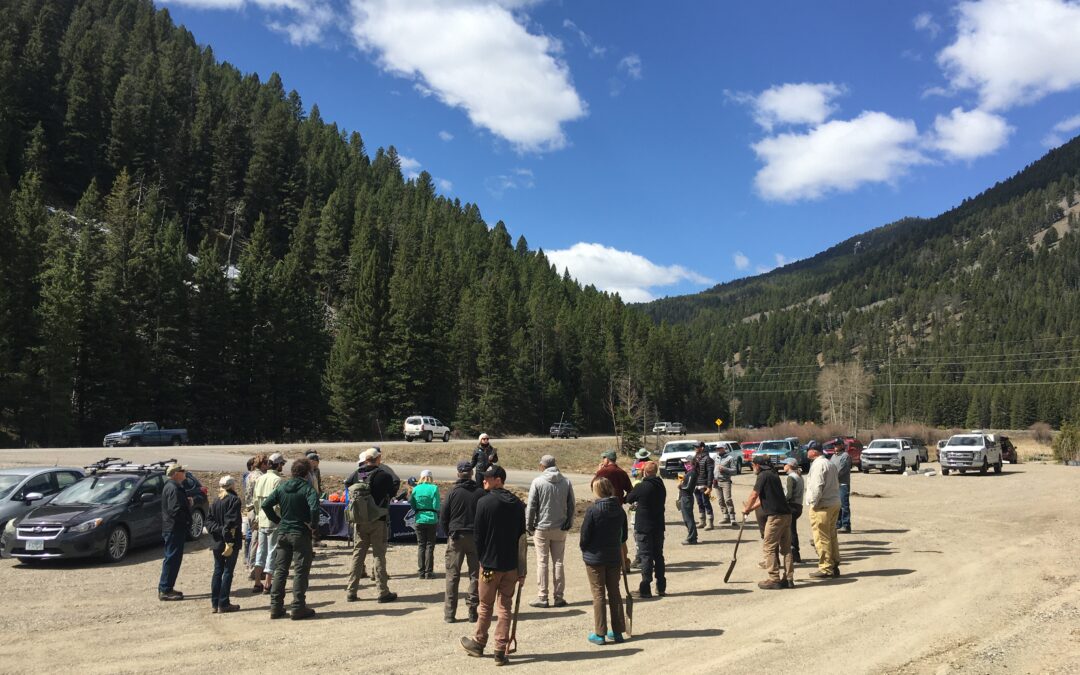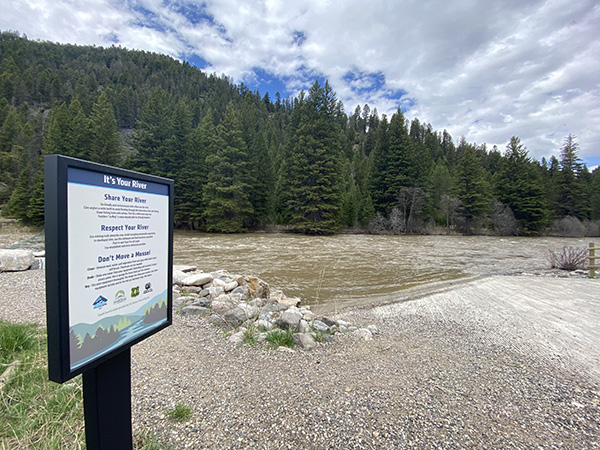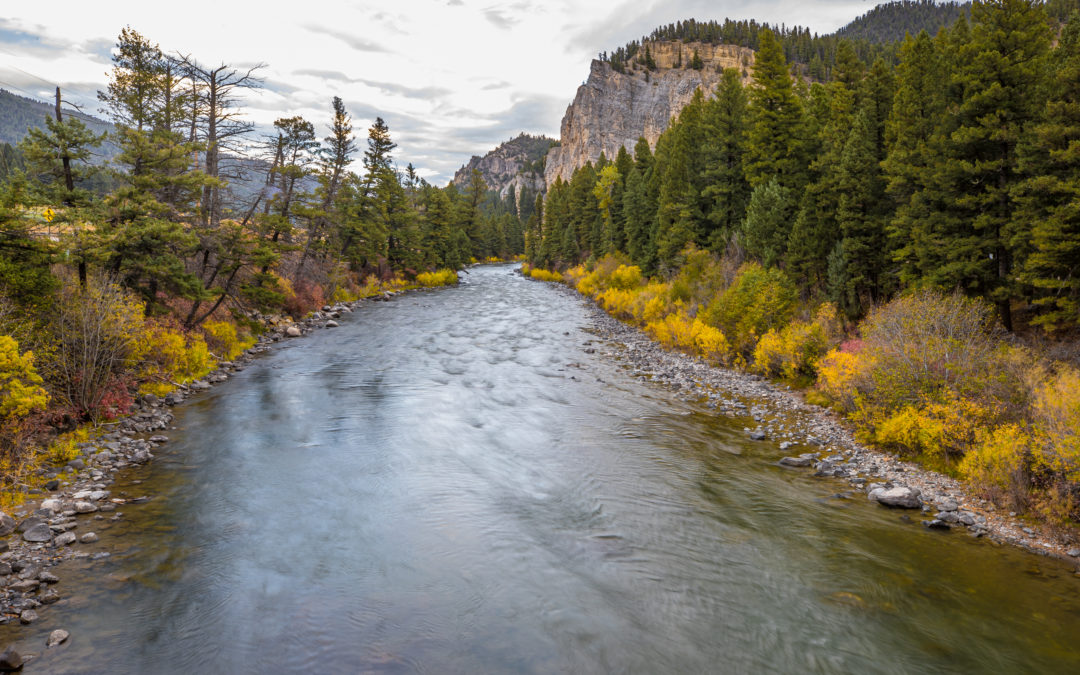This Earth Day, the Gallatin River Task Force is celebrating the incredible success of the Upper Deer Creek restoration project, and a huge part of that success goes to our amazing volunteers! Healthy Rivers, Healthy Planet Clean water is essential for life on earth,...







